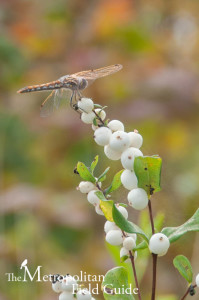 Symphoricarpos albus is said to be “not a first-rate shrub, but useful for its tolerance of poor soils, lower light, general neglect” by the Sunset Western Garden Book. However, if you dig a bit deeper into the values of this plant, it would not be classified as anything but first-rate. As the Sunset book points out, it is extremely tolerant and durable and can be found throughout much of North America where it grows everywhere from forests to beaches, rocky slopes and thickets. It is also easy to start from cuttings, and transplants well, making it an inexpensive and successful plant with which to landscape.
Symphoricarpos albus is said to be “not a first-rate shrub, but useful for its tolerance of poor soils, lower light, general neglect” by the Sunset Western Garden Book. However, if you dig a bit deeper into the values of this plant, it would not be classified as anything but first-rate. As the Sunset book points out, it is extremely tolerant and durable and can be found throughout much of North America where it grows everywhere from forests to beaches, rocky slopes and thickets. It is also easy to start from cuttings, and transplants well, making it an inexpensive and successful plant with which to landscape.
Snowberry grows into a round form with arching branches that contain delicate twigs. Leaves are a simple oval with a light green top and a fuzzy, paler underside. In the fall leaves turn yellow and hang on quite late. The small, pink, tubular flowers bloom in clusters in the spring, last for about six weeks, and will attract hummingbirds and bees. They are followed by the namesake fruit, which is a white, waxy, marble-sized berry that is produced in clusters and will persist through the winter, adding a nice visual interest as well as food for wildlife when other sources are scarce. In a landscape setting, shrubs range from about 2-3′ in height and spread.
It will grow in many conditions including full sun to full shade which will determine its growth habit. In full sun the shrub will be dense and compact, while in the shade it will become just the opposite, sparse and rather leggy. For maximum fruit production, the ideal conditions are morning shade and afternoon sun. It will grow in moist or dry soils, tolerate salt water shoreline habitats, and it’s drought tolerant as well as fire-resistant. Because of their durability they should make good container plants and do well on balconies, a theory which I’m testing with a new start taken from a cutting this summer.
It is well known as a plant for bank stabilization and is often planted in thickets for this purpose. Other landscape uses for Snowberry are under conifers, for winter interest, shrub borders, or shaded gardens. It has also been used for rehabilitation of disturbed landscape sites. Snowberry would also be a good plant for hedgerows as it does very well in thickets. Additionally, the twigs and berries are often used in floral arrangements. Despite being not favored by Native Americans, Snowberry was used in a variety of ways such as a hair soap, to soothe cuts and sores and the stems were made into arrow-shafts and pipe-stems.
It has a variety of wildlife values including providing food to providing shelter. Among its wildlife features, it’s a good plant to attract beneficial insects, it is deer resistant and the flowers attract both hummingbirds and bees. According to Landscaping for Wildlife in the Pacific Northwest, other wildlife benefits include shelter and nesting cover for small animals, and birds that will eat the berries include towhees, thrushes, robins, grosbeaks and waxwings. Additionally, it’s been known to be used by Gadwall as nesting habitat. Snowberry is a larval host plant for the Vashti Sphinx moth which occurs throughout much of the western half of North America.
A plant with that many uses and benefits certainly seems to be a first-rate shrub.
Further Reading::
Symphoricarpos albus:: Lady Bird Johnson Wildflower Center
Symphoricarpos albus:: US Forest Service
Symphoricarpos albus:: Washington Native Plant Society

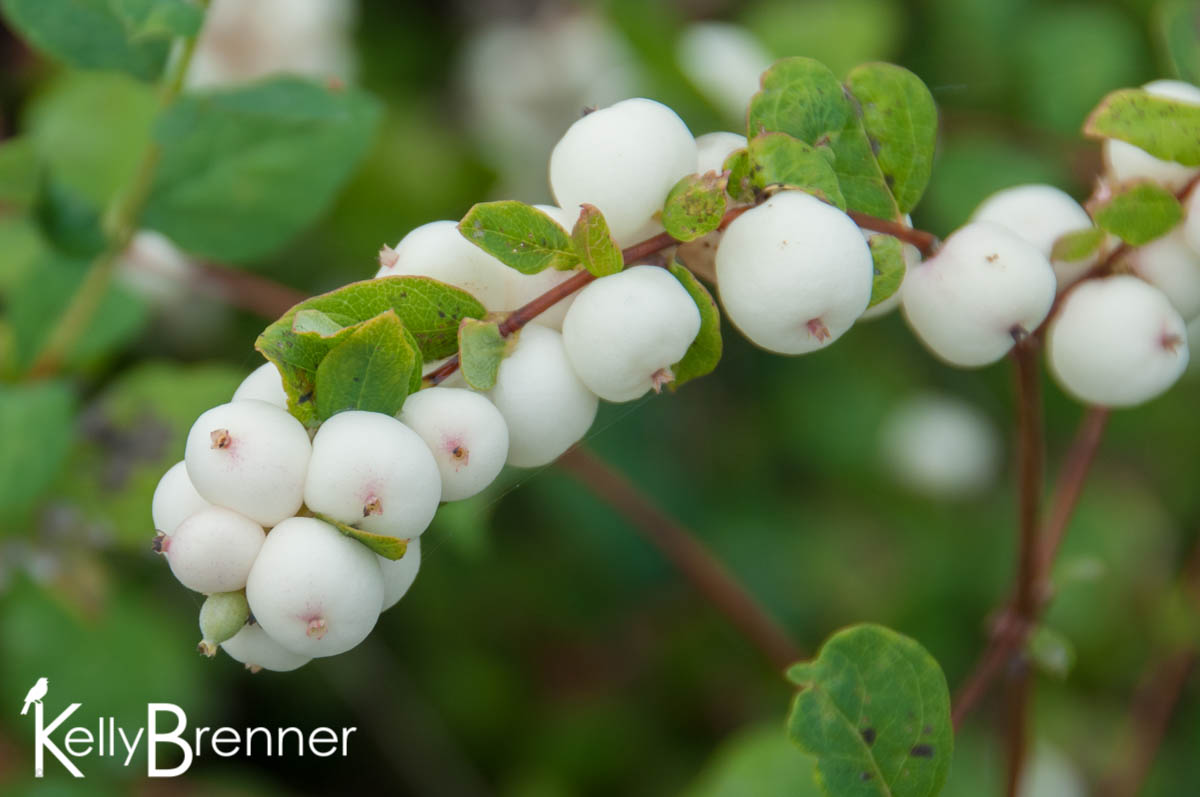

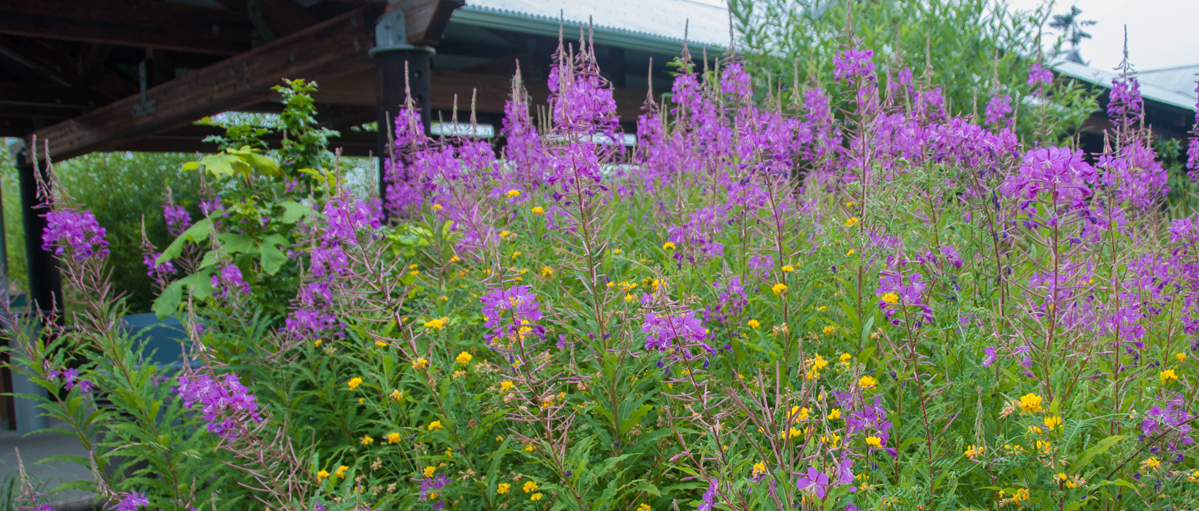
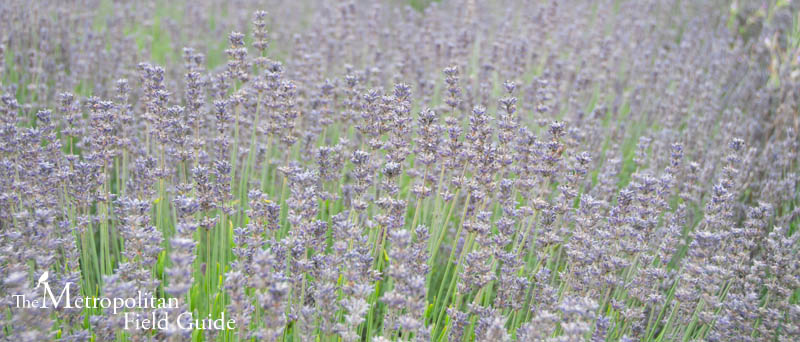
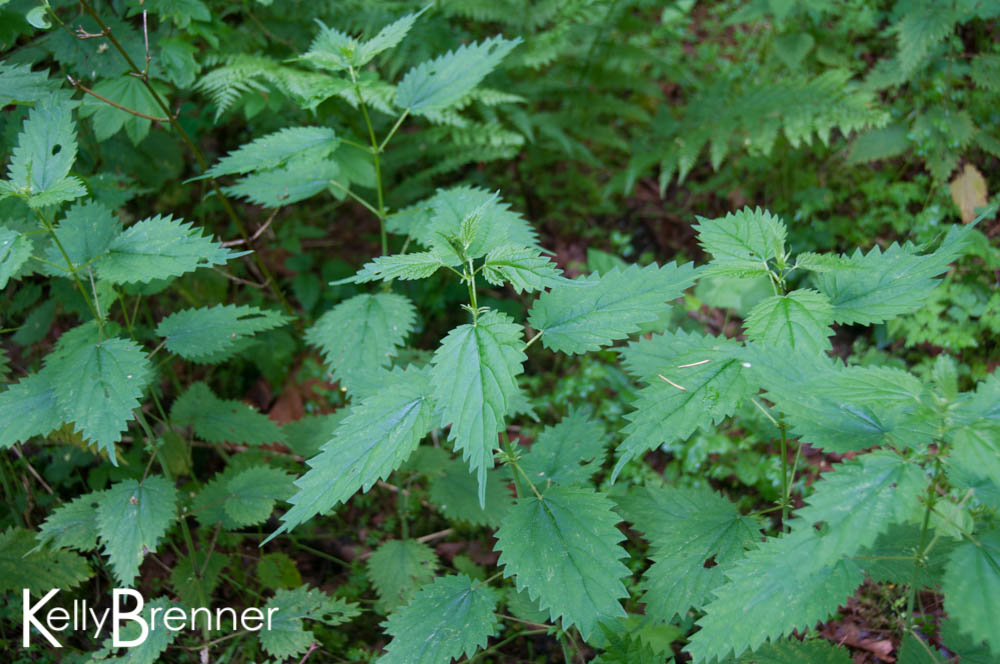

Oooh, I love plants with white berries so this has been on my shopping list for a while, but it’s very hard to find for sale!! I have seen it growing in the woods in my town so maybe it’s time to collect berries and try propagating it myself from seed….it’s supposed to be a good shrub for tough, dry conditions so I am interested to see how it fares on your balcony!
Ellen
Hi Ellen,
I agree, white berries are wonderful, especially when they last through the winter.
You may want to try cuttings instead of seeds, I looked up Symphoricarpos in my propagation books and here’s what it says about seed. “Seeds are extremely difficult to germinate because of hard, impermeable coats and partially developed embryos”. But if you want to try, here’s how you do it: fruit ripens September to November, the fruit is macerated to remove the pulp and then the seeds dried before storage. The best way to germination is after warm stratification for 4-6 months.
Cuttings on the other hand are extremely easy to root. Softwoods and semi-hardwoods from June-August are the easiest and cuttings are easily over-wintered.
This information is from “The Reference Manual of Woody Plant Propagation: From Seed to Tissue Culture”, which is an excellent book.
If you decide to try seeds, let us know how it goes! I’d be very interested to hear about it.
Kelly – thanks for that info (I only just saw it!)…I think I’ll try it from cuttings of local plants next year. Promise to keep you updated on my progress!
Just in case Ellen is still looking for Pacific Snowberry to purchase in Seattle, I picked up a gallon plant at Swanson’s a few months ago and it is so lovely! Those inconspicuous pink buds are just starting to shoot, and I’m thinking I may even have berries this winter! Thank you for this beautiful, reverent write-up, MFG!
Ms. Brenner – thanks much for your helpful information. I now know exactly where to plant my new snowberry plants. Noted in Birds & Blooms that snowberry was much loved by birds in the winter. Ordered 6 plants from Oikos Tree Crops here in Michigan (we are in the Northeast quadrant of Lower Michigan, 30 miles west of Alpena). Hopefully, the plantings will survive our recently-extreme frigid temps.
Ms. Brenner – a question for you. In my previous comment I mentioned having just purchased 6 snowberry plants (1′ tall) which were labeled as “Dwarf.” Don’t know if you can recommend a supplier of non-dwarf varieties. Thanks, again.
Bears love these things. There’s a band of snow berries along the Delta river a couple miles long and the Bears crush these things. It’s brings em in the yard. Good news is they seem to stay busy in the berries!
Do any of you know where I might be able to find wild (meaning in nature) Snowberries in Washington state. Preferably in Western Washington around Tacoma or Gig Harbor. I need a cup of the berries for my Biology class to get extra credit points, because my teacher is doing research on them. Any helpful hints as to where I can find some would be amazing!
Thank you!
I planted a snowberry about 10 years ago in the rocky mountains. It has never produced flowers or berries. There is only one plant. It seems happy. The garden is on a south faced hill. The snowberry is in shade in the afternoon. The soil is alkaline. Help would be appreciated. I plant my yard for the birds, bees and #$@!! deer.
I couldn’t say. You may try contacting your local extension service through your closest university for a better idea on your specific site.